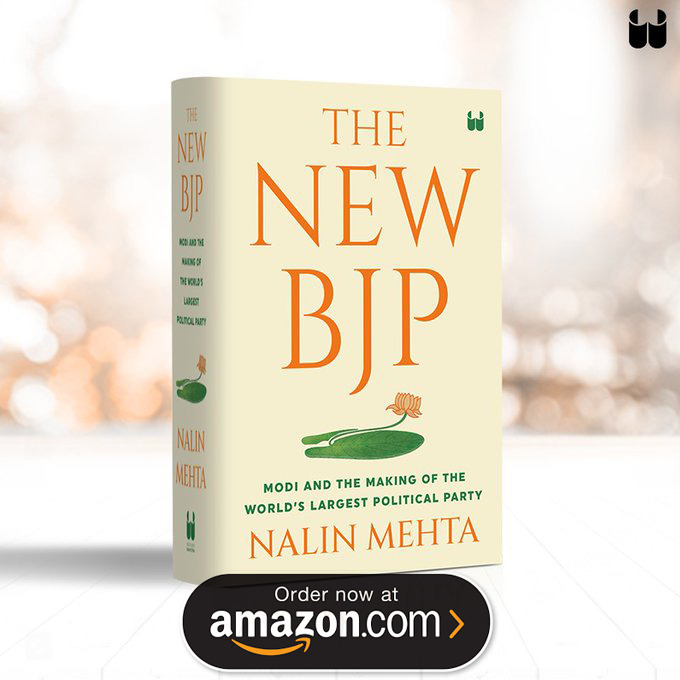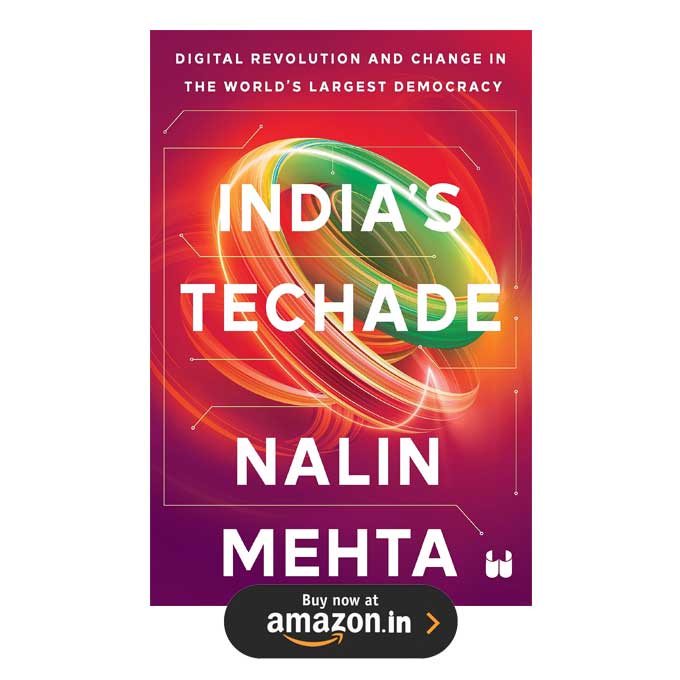By now everything that had to be said about Rexit has been said. Now that RBI Governor Raghuram Rajan has finally decided to return to his academic perch at University of Chicago’s Booth School of Business, the big question to answer is not why the Modi government didn’t move the extra mile to retain him but what next after him. What is the legacy he leaves behind for his successor and what challenges will s/he face from September 2016 onwards?
The first question is about the successor. Here, the government has quickly denied that a search panel (Financial Sector Regulatory Appointment Search Committee) headed by the Cabinet Secretary would have a role in shortlisting candidates. The next RBI Governor, would instead by chosen by the Prime Minister and Finance Minister together.
This is as it should be: after all the RBI Governor’s post has Cabinet Secretary status and it would have been odd in the government setup for a search panel headed by an officer of equivalent rank to make this selection.
The last time a similar panel did a similar selection job for the post of SEBI chairman, the government ended up ignoring its candidate recommendations and earlier this year gave current SEBI chief UK Sinha another extension for a year. Sinha, who was initially appointed SEBI chief for 2011-14, initially got a 2-year extension and was given another 1-year extension on 16 February 2016.
Given the high-profile nature of the RBI governor’s role, especially in the current context, it cannot but be a political choice at the highest levels. Names like Subir Gokarn, former RBI Deputy Director and Executive Director at IMF; Rakesh Mohan, another former RBI deputy governor currently with Brookings India; Arvind Subramanian, Chief Economic Advisor; and Shaktikanta Das, Economics Affairs Secretary are doing the rounds now.
Whoever the government eventually decides to appoint, it is likely to do so well in advance of the end of Rajan’s term, to avoid market speculation. The next RBI Governor will be filling big shoes and the challenge as the Times of India’s Sanjiv Shankaran points out, is two-fold:
- Smoothening inflation targeting regime: This is one of the big legacies of the Rajan era. On February 20 2015, the RBI and Government of India signed a landmark monetary policy framework agreement. This created a new system whereby the government now formally sets targets for containing inflation while the RBI is accountable for not only meeting them but also for regularly publishing the sources of inflation as well as its forecasts (the target was to contain consumer price inflation within 6% by January 2016 and within 4% with a band of 2 percentage points for all subsequent years).
Governor Rajan first started this paradigm-shifting practice informally and government then bought into it. “That first part is done,” as Shankaran point out.
The challenge now is that where the Governor alone decided RBI’s interest rates, this will in the future be much more institutionalized and formally done by the Monetary Policy committee: which consists of equal representatives from the government and RBI. The whole process has been much more institutionalised and the challenge for the new RBI Governor will be to manage this process in a credible manner where the institutional credibility of this committee is not only kept sacrosanct, but more importantly seen to be sacrosanct.
While RBI has always been separate from government, the point is that new institutional mechanisms are now being put in place to transparently strengthen its arm’s length functioning and its professionalism. Maintaining this momentum will be a challenge for the next RBI Governor.
- Banks: More than 90 per cent of Indian villages still don’t have a bank branch and with the Modi government focusing big on financial inclusion, taking measures for increasing banking access for the rural poor is a big challenges.
Along with that is the clean-up of the banking system and its stressed assets that Rajan was spearheading. There are three parts to this. Banks’ stressed assets include non-performing assets plus restructured stressed assets plus written off accounts.
RBI Deputy governor SS Mundra has pointed out that total stressed assets in banks in March 2012 amounted to 9.8%. This shot up to 14.5% by December 2015. Of this, public sector banks, which account for the lion’s share in India, were particularly bad. Stressed assets in public sector banks in March 2012 accounted for 11%, which went up to 17.7% in December 2015.
Rajan’s cleanup was obviously making a lot of crony-capital businesses unhappy but cleaning up the banking-corporate nexus is crucial for the longer-term health of the Indian economy and will be a major challenge for Rajan’s successor.
For a detailed chat on what after Raghuram Rajan, and the challenges for the next RBI Governor, see the Times of India discussion between Nalin Mehta and Sanjiv Shankaran.


